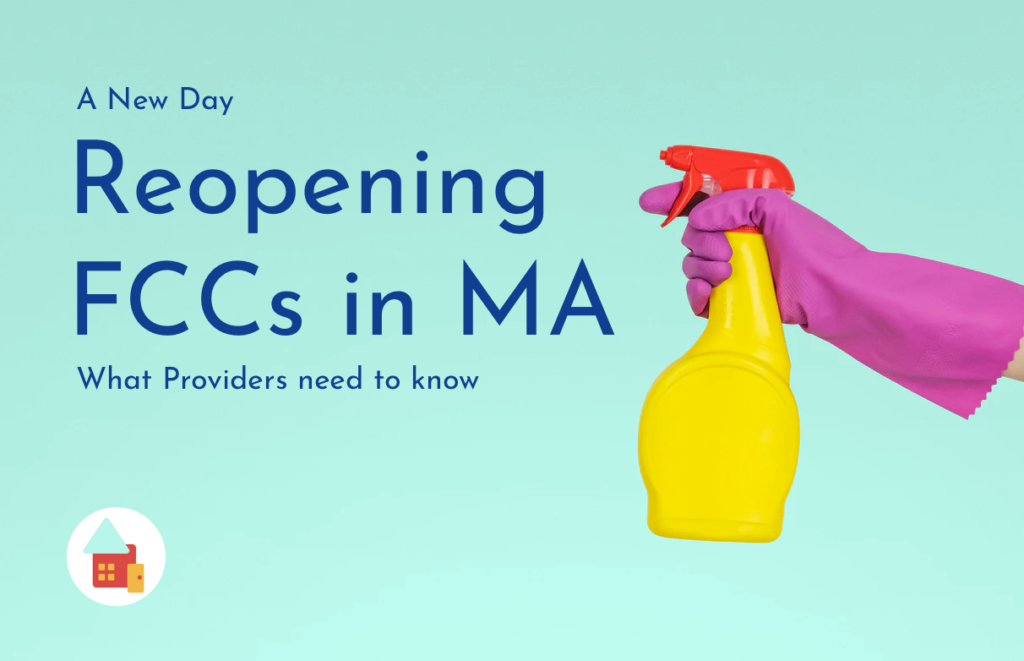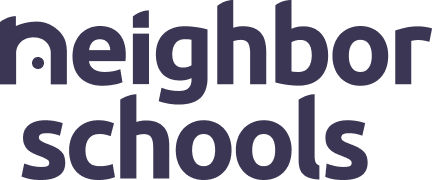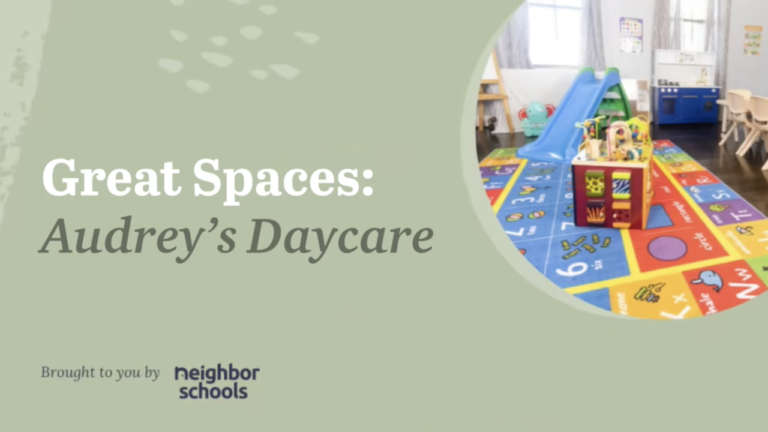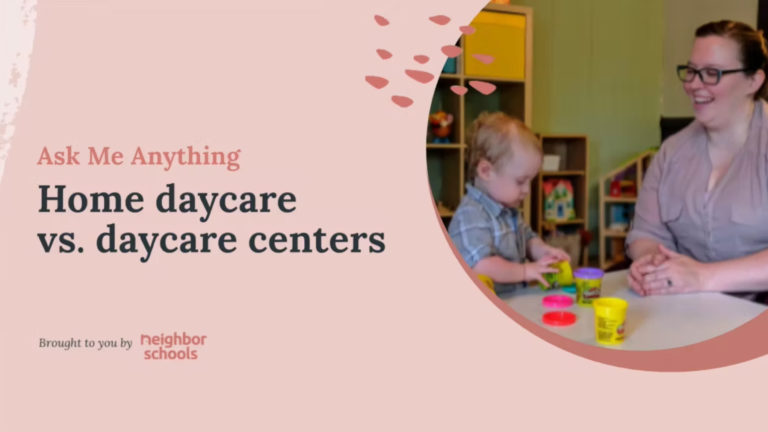June 8, 2020 Update: EEC just released further guidance updating and amending many of the guidelines explained below. See important changes on our new blog post.
After weeks of anxious waiting, on Monday night the EEC released the Minimum Requirements for Health and Safety, giving us our first glimpse into how daycare will reopen and operate in the coming months. The 32-page document feels like someone took a bunch of public-health guidelines and tried to smash them together with existing EEC regulations, then added a touch of legal jargon for good measure.
One thing is clear: FCC Providers will need to understand these requirements in order to submit a plan and receive permission to reopen, so let’s get right to it. Here’s our understanding of the guidelines, and our open questions for EEC. Share yours and we’ll bring all your concerns to EEC in hopes to clarify the path forward.


Let’s walk through a “normal” day in the life of a Provider, and see what’s changing.
But first, who’s even allowed to come inside?
Only essential adults—Providers and assistants—will be allowed in your home. No parents, no visitors, no ECE coaches, nobody.
And which kids / how many kids can come back?
Ratios remain the same for Providers licensed for 6. Phew!
However, for the 1,560 Providers with licenses for 10 children, things are going to be different. First, you’ll have the awful task of choosing which 8 children to allow back. The EEC expects not all parents will come back, and that some will go from full-time to part-time, but there are no two ways about it – Providers will need to ask families to stay home. Then, they’ll need to find ways to continue to pay their assistants without the revenue from those two families. This is going to hurt, and we expect some Providers may consider reducing enrollment even further, to 6, and temporarily laying off their Assistants until they can ramp back up to 10.
7:00 AM – Drop Off
Put on a mask and greet your first family of the morning.
You’ll meet them in a designated area (like a mudroom or entryway) where you check them in for the day. Parents will “attest” that no one in their household is exhibiting symptoms, and that they haven’t been exposed. Their answers will be recorded daily, ideally electronically, on a phone or tablet that can be easily cleaned after each use. Then you’ll check the child’s temperature using a no-contact thermometer. All good? Great.
Picking up an infant in your arms? You’ll “don” your new “gown” (just a clean oversized, long-sleeve button-down shirt) to avoid as much skin-to-skin contact as possible.
Toddlers over 2 and preschoolers are encouraged to wear masks, but only if the parent wants them to, and even then only during times when they won’t be physically distanced (6-feet) from Providers or other children (and only if it doesn’t pose a danger to the child – there are many exceptions here).
Take anything that mom and dad have brought from home (no soft toys!) and put it safely out of reach. Typically we want to teach kids they can access their own cubbies – not for now!
Lastly, help the kiddo wash their hands – either hand sanitizer (with parental permission!) or soap and water and, voila, you have child #1 safely in your home for the day.
Repeat as necessary.
8:30 AM – Circle Time, or, hmmmm.
Right away, things are going to be different. Guidelines require 6-feet of physical distancing between children as much as possible. So take a bunch of tiny-steps backward and draw new Xs on the floor to see if you can spread out and fit a bit circle in your room. For some, this may prove impossible, and alternative activities will need to be considered.
9:00 Arts & Crafts
Limit shared supplies as much as possible. If you can, have each child’s spot set up with their own supplies and physically distanced from each other. If you are going to reuse the supplies, make sure they’re able to be wiped down and sanitized. If any supplies are shared, immediately set them aside to be sanitized after use and have children wash their hands when you’re done.
Assuming you haven’t been able to prevent all child-to-child interactions during the last hour, now’s probably a good time for a big round of hand-washing for everyone.
10:00 – Outdoor Play
The more time spent outside, the better! Let’s take advantage of summer and stretch those legs.
Here things get tricky because unfortunately, public parks and playgrounds are off-limits. For Providers that have always relied on a public park, this will be really difficult. Hopefully, more guidance will come out to see if a grassy space, without play structures, can still be visited, but TBD.
Still, Children are supposed to keep physically distanced from one another. Playgrounds in your back yard are perfect, so long as you close the sandbox and can wipe-down the climbing structures.
And of course, when coming back inside, make sure to do another round of hand-washing.
12:00 Lunch
Lunch is going to be even more of a juggling act. You’ll need to wear gloves to prepare and serve food, and you’ll need to keep the kids physically distanced while they eat. So much for crowding around the table and learning how to share a meal family-style. Each child will need their own utensils which are either disposable or washed daily.
With everything to keep track of, individually prepackaged foods and snacks may be the best idea right now.
1:00 Nap Time
Before settling in is usually a good time for a bathroom break. (No word yet as to whether Providers are still expected to have/help children brush their teeth during this period) Only one kid in the bathroom at a time and, as always, we’ll try to maintain the physical distancing while coming and going.
Once the kids are down for a nap, Providers may use this time to clean and sanitize surfaces and toys from earlier in the day. There are new guidelines about the appropriate use of bleach or other EPA approved disinfectants. Always mix, store, and use disinfectants away from children and near an open window for your own safety.
This might be tough for Providers who need to directly observe infants while they sleep.
3:00 Activity Time
Time to get creative. Plan an activity that again encourages minimal contact and promotes physical distancing. Remember, guest activity leaders and other volunteers aren’t allowed, so you’re going to be brainstorming with friends and colleagues about ways to engage active youngsters in new and creative ways.
4:00 Storytime
Storytime has always been a cuddly time, but now you’ll want to encourage children to spread out as much as possible. Think about books that capture the imagination and will help introduce ideas that help children understand what’s currently happening.
5:00 Pick Up and End-of-Day
As parents start to arrive, make sure they’re wearing masks and taking turns to maintain physical distancing.
After children leave, the cleaning begins. All surfaces and items that were used or will be used in the daycare must be disinfected. Eating utensils must be disinfected at the highest temperatures. Clothing worn must be washed in hot water before reworn. If using a bleach solution, be sure to mix a new batch every 24 hours.
Alright, you made it through a day. You can do this!
***
Snapback to June 3rd. There are still a lot of steps ahead to get reopened, and we’re here to help. You’re going to need a plan, and you’re going to need to send that plan to your EEC Licensor for approval. So far, we know the rough outline of what will go in your plan, and Commissioner Sam says that the Licensors will *not* be coming out to your home for an on-site inspection.
In the coming days, we’re going to share a Reopening Plan Template that you can use as a starting point.
But first, what questions do you have about the Health & Safety Requirements? Post your questions to our Facebook page and we’ll include your concerns in our conversations with EEC. Together we’re going to figure this out and help FCCs thrive in the new reality. Your children, your families, and your communities need you. Let’s do this!






